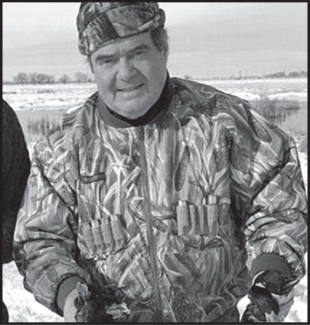Subtitle
Visionary But Flawed Program Needs to Evolve
An All Lands, All Hands Approach
The Flapping of Butterfly Wings -- 36 Years Later
Incorporating Relevant Laws Into Planning
Bigger May Sometimes Be Better
Mapping Tech Key to Data Apps That Bust Silos
It's All About Finding the Money
It Ain't Broke but It Should Be Fixed
Author
Alejandro E. Camacho - University of California, Irvine
Jim Lyons - Department of the Interior
Lindell Marsh - Center for Collaboration in Governance
T. O'Rourke Bradford - Bureau of Reclamation
Lynn Scarlett - The Nature Conservancy
James R. Strittholt - Conservation Biology Institute
Martin Wachs - University of California
Douglas P. Wheeler - Hogan Lovells-US LLP
University of California, Irvine
Department of the Interior
Center for Collaboration in Governance
Bureau of Reclamation
The Nature Conservancy
Conservation Biology Institute
University of California
Hogan Lovells-US LLP
There are now more than 700 HCPs nationwide, with additional plans in preparation. While a number of HCPs have been based on a more conventional model of bilateral, single-project permits that merely seek to mitigate harm to listed species, the more noteworthy HCPs are landscapewide and focused on multiple species. These plans each cover hundreds if not millions of acres and even an entire state. As this concept matures, it is outgrowing the ad-hoc way in which plans have been crafted, funded, and managed.





